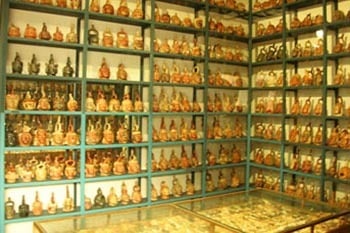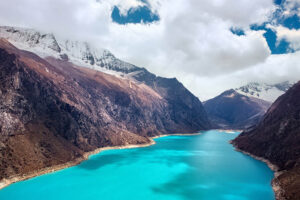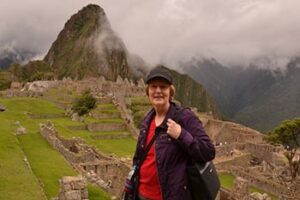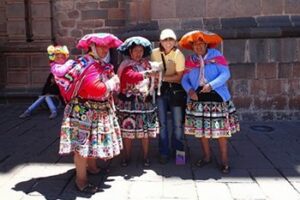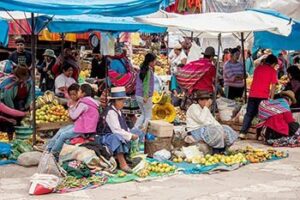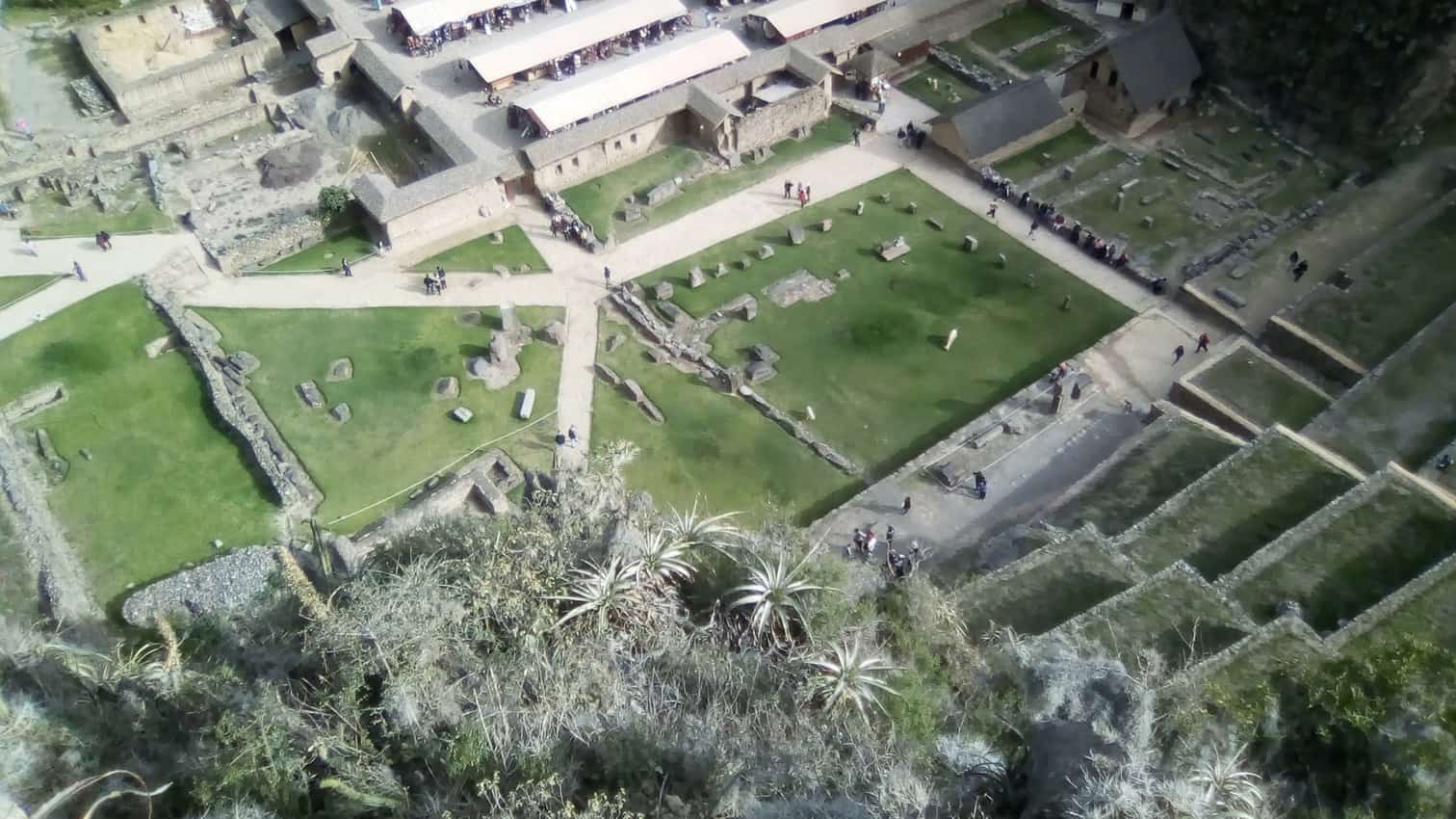
Cusco, Peru: The land of the Incas
By Natalia Boccaccio
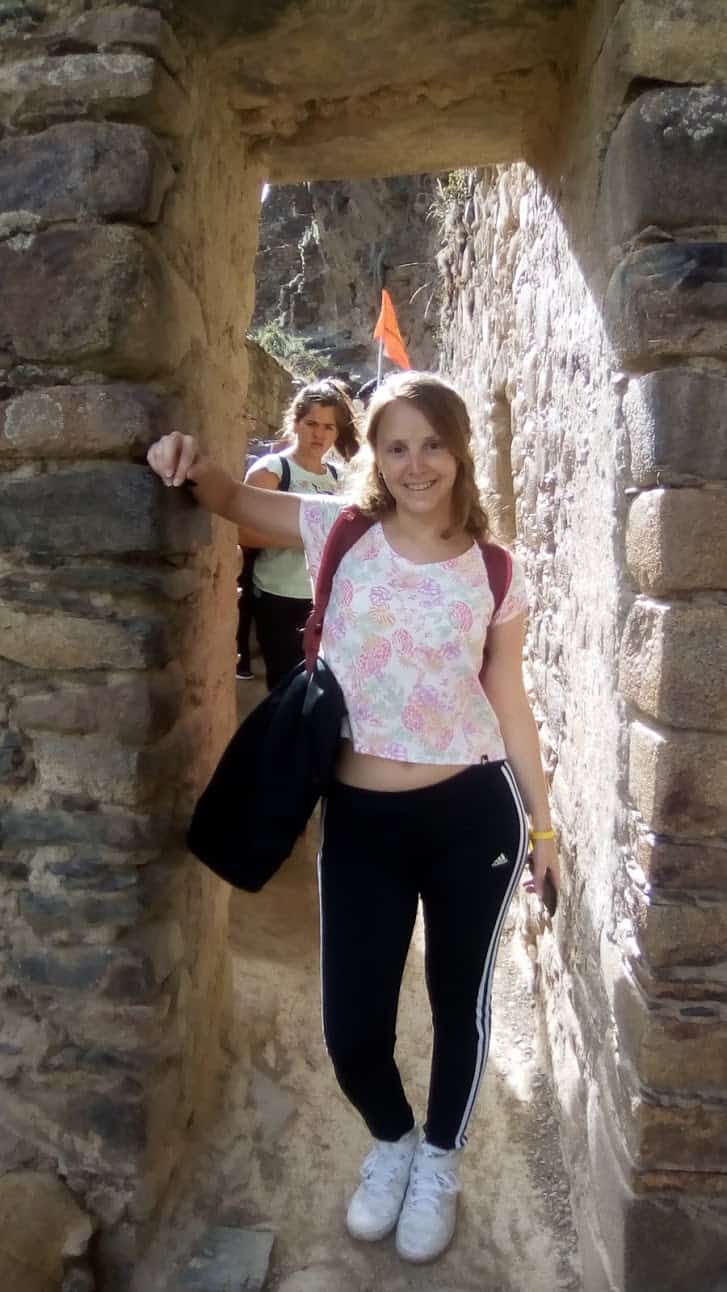
Since I was a child, the Incas civilization intrigued me, fascinated me in some way. Perhaps, it was its mystery, its antique and modern constructions, or the latest advances and technologies a pre-Columbian civilization may have had.
It is a question that remains unanswered even after I spent 21 days in Peru discovering its magnificent ruins, breathtaking landscapes, and exotic peoples that seduce you with their uniqueness. To time travel visit Cusco, a place that trespasses the barrier of space and time.
You should stay 7-10 days in the region with Machu Pichu National Park as your ultimate destination. The province of Cusco seemed to be the best choice to start writing a story as it is such a well-preserved area which has been of historical importance for nearly a thousand years.
A 500-Year Culture
Last year, I decided to embark on an adventure with my husband and six friends to decipher the mysteries of a 500-year -old culture. Even though the historical sanctuary of Machu Picchu was the heart of the Inca Empire, there are several ruins in the province of Cusco that also deserve to be visited.
Travelers are somehow mesmerized by the citadel. However, I want to invite you to discover other attractions worth visiting before setting foot in this national park. It is a long stretch of archeological sites from Cusco to Aguas Calientes (the city that stands at the foot of the aforementioned national park).
I would not recommend going to Machu Pichu before experiencing the surrounding area. You won’t regret it. Don’t freak out if you don’t remember a word of Spanish from high school, townsfolks make a living off the tourism industry so they get by in English. Besides, there are guidebooks aplenty, translated into many languages.

Cusco’s Location
In the southeastern part of Peru, 1143 kilometers from the capital city of Lima stands one of the greatest ancient treasures of the country: Cusco city. There are an international airport and bus stations so you can get there easily from wherever you are.
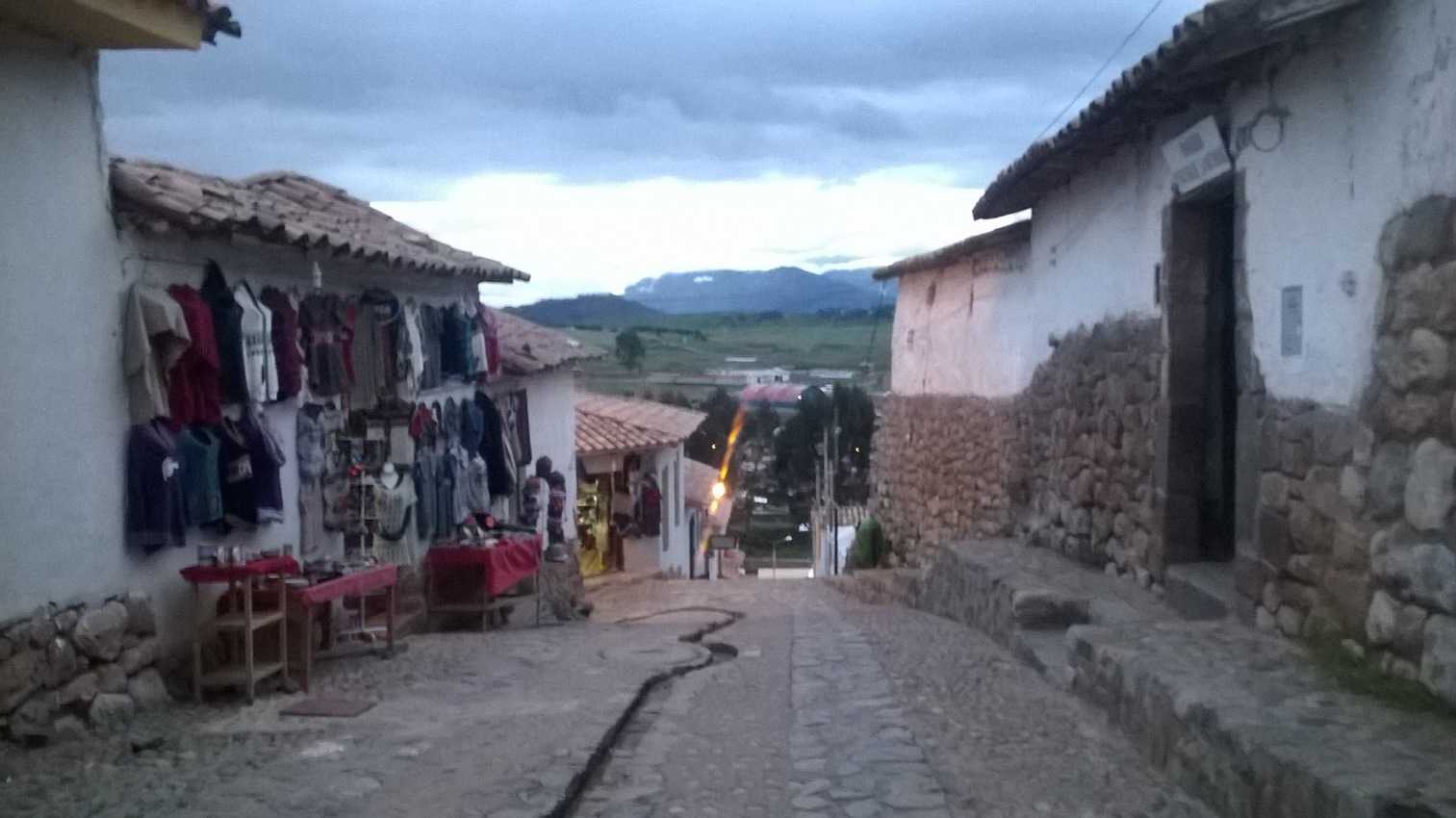
Our journey started two days before New Year Eve in Lima. From there, we traveled by bus staying a couple of days in different cities until we arrived in Cusco. By the way, busses are really cheap, convenient, and comfortable in Peru.
We were not advised to rent a car since Peruvian routes are mountainous, dangerous and drivers are really reckless.
We experienced that first hand. Some of us prayed for safety, others took a Dramamine pill so as to rest and forget about the discomfort of the trip.
Architecture
In Cusco city you can behold a mixture of old and new edifices, Spaniard and Incas constructions erect before your eyes, paths that go through ancient neighborhoods, and hundreds of years of history are found under your feet.

It is impossible not to fall in love with a city that holds such an enriching story and history behind each wall.
The neighborhood of San Blas has some of this fascination that I refer to. This is a place to get lost while walking up and down narrow passages.
I remember bumping into a café that offered an ambiance full of bonhomie, American expresses, and exquisite cakes there. Moreover, it is the perfect location to behold the sunset of the city from above.
As you wander through the maze of busy, narrow streets you cannot fail to be struck by the quaintness of half-timbered houses.
As in any city, in Cusco, there is the main square and a cathedral. What makes it different from other churches is the fact that it was built over an Inca palace. There are museums of all kinds where visitors can learn more about the individual periods of the city’s rich history.
Preserving Authenticity in Cusco
One thing that makes Cusco unique among Peruvian towns is the details in an attempt to preserve the authenticity of the many historic buildings. Many archeological sites have been painstakingly restored which seems to share a sense of pride in the splendor of their surroundings.

Peruvian Cuisine
Peruvian cuisine is savory, colorful, well-seasoned, and varied; one of the most interesting gastronomy in the world since it is a mixture of different cultures such as pre-Columbian, Asian, and Spanish. I have never seen in my entire life such a variety of potatoes (there are 500 hundred!) and corn (there is a black one, for example).
While in Cusco, we tried out almost every single dish to immerse in the culture and experience the real Peruvian cookery. You cannot leave the country without trying: Ceviche, Causa (which it is highly addictive, we cooked it back in my country and it was the soul of the party), a wide range of soups (Quinoa soup is one of the most popular ones as well as chicken soup.
If you are a little bit squeamish, don’t order the soup, since you will receive a plate with a chicken leg with claws, fur, and everything).
For meat lovers there is Alpaca beef accompanied with French fries; rice is included in every dish as well as fresh cilantro which is quite invasive to my taste.
For salads, I must confess they were my favorite: Fresh avocado, tomato, lettuce, and carrots were available in every restaurant. No matter your roots or cooking philosophy you will feel at home in Cusco since there is an option for every taste.
The check, please
Peru is considered one of the cheapest tourist destinations even to Latin Americans. The currency is the Peruvian Sol. To get this currency is convenient to exchange your American dollars at the airport.
The locals try to get money out of tourists from different ways, like charging foreigners for taking pictures with local fauna or natives wearing traditional outfits.
Most of them also sell crafts, alpaca wooden clothes, or fresh fruit in the streets.
Peruvian traders are well-known for bargaining; a practice many tourists are unaware of. So, if you are interested in a handmade wooden sweater which seems to be very expensive you can fight for it, and not feel too bad about getting a bargain.
Do not discard coins since they are useful to pay public toilets since foreigners are charged 1 sol o 2 soles for using them, even though in most cases they aren’t usually that clean.
A must-to-do is departing from Cusco city heading for Machu Pichu but on the way, you will encounter several archeological sites that will prepare you mentally as well as give you a glimpse into the final destination. Saqsayhuaman (Americans pronounce it “sexy woman”) was our first on our list because of being the nearest.
Cusco’s Archeological sites

Before adventuring on your own into the different attractions, it is recommended to buy a ticket that includes the entrance to several archeological sites and museums during a period of a week. Since these sites are far away from one another it is suggested to plan ahead the visits and pay a couple of soles to tourist guides to deepen your knowledge on the culture without losing any detail. 
Once you get there, you are impressed by enormous one-piece stones that go beyond your sight bottom-up and side-to-side.
After surrounding the fortress and violating some laws for a good purpose (my husband trespassed the limits to get a good picture), our bus made for Q’enqo.
What makes this place glorious or even to some, a religious experience is that tourists are allowed to get into the chamber of sacrifice at the bottom of the rock. Tourist guide’s enriching stories at this site make you part of the tale and lets you experience what Incas felt while entering caves.
Fortress of Puka Pukara

The next must-visit is Puka Pukara, another fortress where you are awed by the sightseeing while absorbing the culture through macabre stories of sacrifices.
Unfortunately, the guided tour was in a hurry so we had to enjoy the view rapidly. The next major destination was Pisaq where you may feel sick since it is at 3, 400 meters above the sea.
Nonetheless, chewing coca leaves will ease your headache and nausea. The scenery is breathtaking; you cannot believe your eyes.
Greenish hills due to the vast multiple agricultural terraces give a sense of tranquility. Ollantaytambo is further away and it was the antechamber of what we would experience in Machu Picchu for its numerous natural stairs. The view of this ancient citadel is marvelous from above since it is clearly well-preserved.
This ruins stands as a reminder of ancient urbanization and architecture. The last destination was the Salineras of Mara, an astonishing salt mine. With its intricate salt pools and small canals, it is another awe-inspiring sight.
Cusco has the perfect combination of ancient and modern that holds the fascination and charm of a bygone age which makes it worth visiting more than once in a lifetime for an unforgettably unique experience.
- Valentine’s Day Suggestions…for that Special Person - January 22, 2026
- Missouri Sports Travel Adventure: From Landmarks to Ballparks - January 21, 2026
- What First-Time Visitors Get Wrong About Visiting Iceland - January 15, 2026


